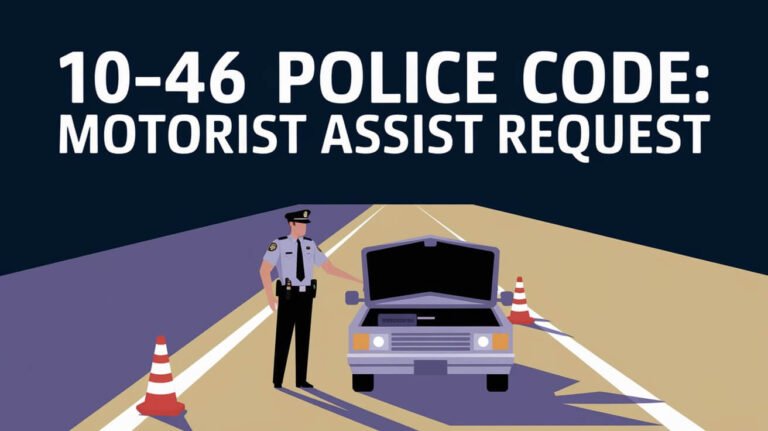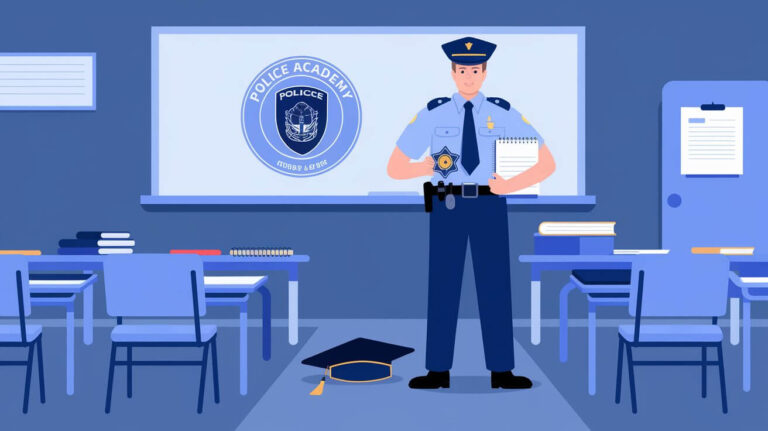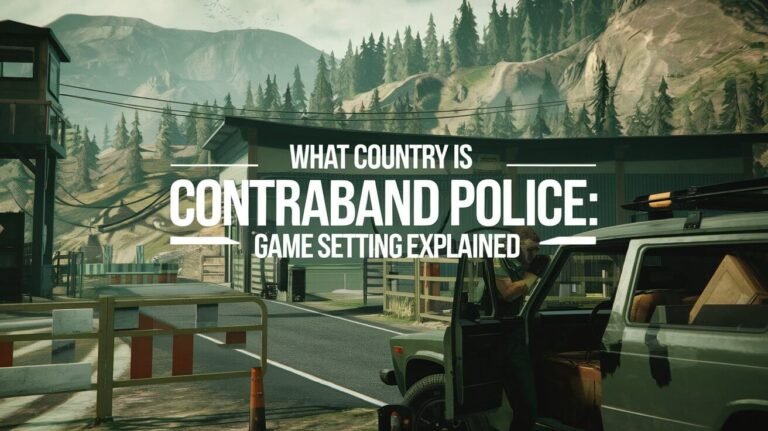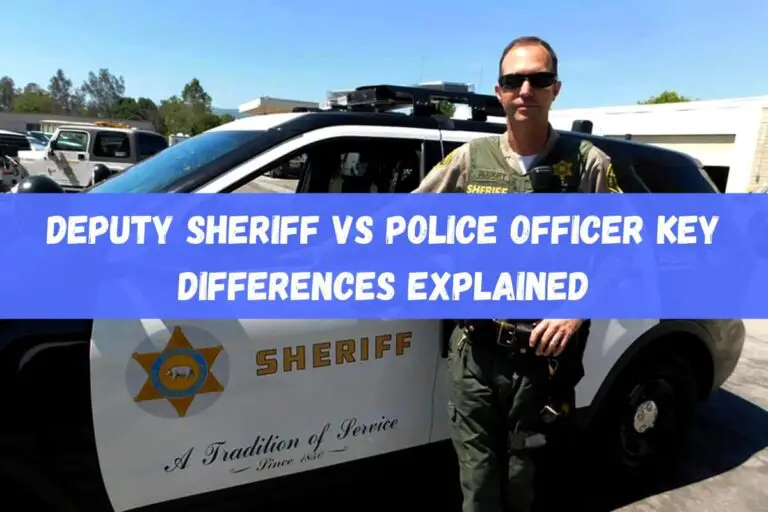What is Police Brutality? Understanding a Critical Human Rights Issue
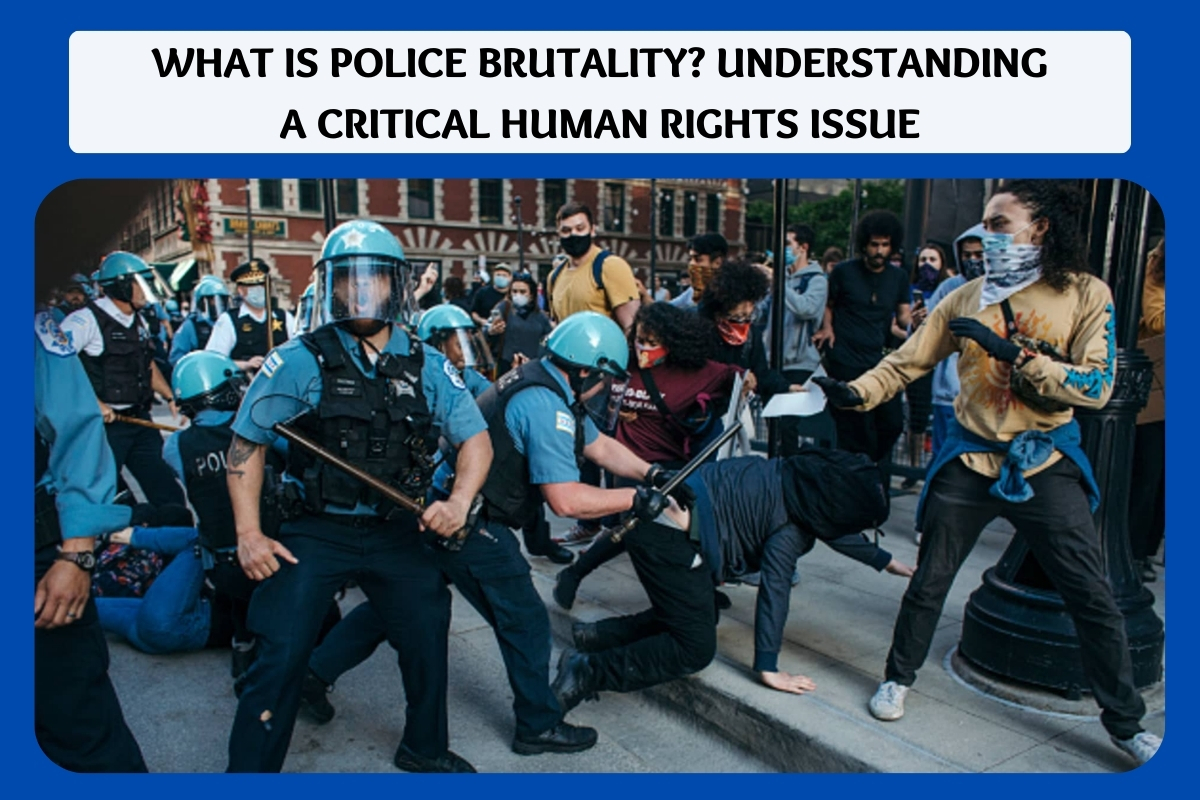
Police brutality refers to the excessive and unwarranted use of force by law enforcement officers against civilians. It is a severe form of misconduct that violates civil rights and human rights principles. In this guide, we will explore the definition, history, prominent cases, contributing factors, impact, legal aspects, investigations, and potential solutions related to police brutality.
Police brutality can take various forms, including physical assault, verbal abuse, sexual harassment, false arrests, intimidation, and even torture or murder in extreme cases. While police officers are entrusted with maintaining public safety and order, any use of force beyond what is reasonably necessary to handle a situation constitutes brutality.
Understanding Police Brutality
Definition and Forms of Police Brutality
Police brutality is a broad term encompassing various forms of excessive force and misconduct by law enforcement officers. It can involve:
- Physical violence: Unjustified beatings, chokeholds, use of lethal force, or other physical assaults against civilians.
- Verbal abuse: The use of racial slurs, insults, threats, or derogatory language towards individuals.
- False arrests: Unlawful detentions or arrests made without probable cause or justification.
- Sexual assault: Any form of unwanted sexual contact or exploitation by police officers.
- Intimidation tactics: Aggressive behavior or actions designed to instill fear or compliance in civilians.
- Deprivation of rights: Denying individuals their constitutional rights, such as the right to legal counsel or due process.
These actions breach the trust placed in law enforcement and undermine the principles of justice and equality under the law.
Historical Context and Prevalence
While police brutality can affect individuals of any race, ethnicity, or background, it has disproportionately impacted marginalized communities, particularly African Americans, throughout history. Racism and systemic discrimination have played significant roles in fueling police misconduct.
In the United States, instances of police brutality against African Americans can be traced back to the era of slavery and the subsequent enforcement of discriminatory laws during the Jim Crow era. The civil rights movement of the 1950s and 1960s brought increased attention to police brutality, with images of peaceful protesters being attacked by law enforcement officers shocking the nation.
Despite efforts to address the issue, police brutality persists in modern times. According to data from Mapping Police Violence, police in the United States killed over 1,100 individuals in 2021, with Black people being 2.9 times more likely to be killed by police than white people.
Police Brutality as a Human Rights Violation
Police brutality is a direct violation of fundamental human rights principles enshrined in international laws and conventions. It infringes upon the right to life, the right to freedom from torture and cruel, inhuman, or degrading treatment, and the right to equal protection under the law without discrimination.
The United Nations Basic Principles on the Use of Force and Firearms by Law Enforcement Officials emphasize that law enforcement officials should use force only when strictly necessary and to the minimum extent required. Any use of force beyond these standards constitutes a human rights violation.
High-Profile Cases of Police Brutality
Instances of police brutality have sparked widespread outrage, protests, and calls for reform throughout history. Here are some notable cases that brought national and international attention to the issue:
The Rodney King Incident
In 1991, the beating of Rodney King by four Los Angeles Police Department (LAPD) officers was captured on video and sparked widespread protests and riots. King, an African American man, was pulled over for a traffic violation and severely beaten by the officers, even after he had surrendered and was lying on the ground. The acquittal of the officers involved in the case further fueled public outcry and highlighted the issue of police brutality and racial injustice.
The Death of George Floyd
The murder of George Floyd, an African American man, by a Minneapolis police officer in 2020 ignited global protests against police brutality and systemic racism. Derek Chauvin, a white police officer, knelt on Floyd’s neck for over nine minutes, despite Floyd’s pleas that he couldn’t breathe. The incident, captured on video, sparked widespread condemnation and reignited discussions about reforming law enforcement practices and addressing racial bias.
Other Prominent Cases
- Michael Brown (Ferguson, Missouri, 2014): The fatal shooting of the unarmed 18-year-old African American by a white police officer sparked protests and unrest in Ferguson, highlighting issues of racial profiling and excessive force.
- Breonna Taylor (Louisville, Kentucky, 2020): Taylor, a 26-year-old Black woman, was fatally shot by police during a botched raid on her apartment, sparking nationwide protests and calls for accountability.
- Eric Garner (New York City, 2014): Garner, an unarmed African American man, died after being placed in a chokehold by a New York City police officer during an arrest for allegedly selling untaxed cigarettes.
These cases, among others, have brought attention to the urgent need for reforms and accountability within law enforcement agencies to address police brutality and protect the lives and rights of all citizens.
Factors Contributing to Police Brutality
Police brutality is a complex issue with multiple contributing factors, including:
Racial Discrimination and Bias
Racial profiling, implicit biases, and systemic racism within law enforcement agencies have been cited as significant factors contributing to police brutality against minority communities. Deeply rooted stereotypes and prejudices can lead to disproportionate targeting, excessive force, and escalation of encounters with individuals from certain racial or ethnic backgrounds.
Institutional Culture and Lack of Accountability
The culture within police departments, often characterized by a “code of silence” and a strong sense of loyalty, can perpetuate a lack of accountability for officers involved in misconduct. Additionally, the powerful influence of police unions and the legal protections afforded to officers can make it challenging to hold them accountable for their actions.
Inadequate Training and Oversight
Insufficient training in areas such as de-escalation techniques, implicit bias awareness, and appropriate use of force can contribute to instances of police brutality. Furthermore, a lack of effective oversight mechanisms, such as independent civilian review boards, can enable misconduct to go unchecked or unaddressed.
Impact of Police Brutality
The consequences of police brutality extend far beyond the individuals directly affected, impacting entire communities and society as a whole:
Psychological and Physical Consequences for Victims
Victims of police brutality often suffer from severe physical injuries, trauma, and long-lasting psychological effects, including post-traumatic stress disorder (PTSD), anxiety, and depression. These impacts can have profound effects on their quality of life, relationships, and overall well-being.
Erosion of Public Trust in Law Enforcement
Instances of police brutality can erode public trust in law enforcement agencies, making it more difficult for officers to effectively serve and protect their communities. This breakdown in trust can lead to increased tensions, further escalating conflicts and undermining the principles of community policing.
Societal Costs and Unrest
Police brutality can spark widespread protests, civil unrest, and social upheaval, resulting in economic disruptions, property damage, and strained community relations. Additionally, legal settlements and lawsuits related to police misconduct can impose significant financial burdens on municipalities and taxpayers.
Legal Aspects and Investigations
Laws and Standards Governing Police Use of Force
Various laws and standards exist to govern the use of force by law enforcement officers, both at the federal and state levels. These include the U.S. Constitution’s Fourth Amendment protections against unreasonable searches and seizures, state laws regulating police conduct, and departmental policies outlining rules of engagement and use of force continuum.
Challenges in Holding Officers Accountable
Despite the existence of laws and regulations, holding police officers accountable for brutality can be challenging. Factors such as the “blue wall of silence,” powerful police unions, and the legal complexities surrounding the use of force can make it difficult to secure convictions or impose meaningful consequences for misconduct.
Role of Independent Investigations and Oversight
To address concerns over impartiality and conflicts of interest, many advocate for independent investigations and oversight mechanisms when instances of police brutality occur. These can include civilian review boards, external agencies, or special prosecutors tasked with conducting thorough and impartial investigations into allegations of misconduct.
Proposed Solutions and Reforms
Addressing police brutality requires a multi-faceted approach involving various stakeholders and a commitment to systemic change. Some proposed solutions and reforms include:
Training and Policy Changes
Enhancing training programs for law enforcement officers is crucial to address police brutality. This should include comprehensive de-escalation techniques, implicit bias awareness, crisis intervention, and appropriate use of force training. Additionally, clear and consistent policies governing the use of force, emphasizing it as an absolute last resort, should be implemented and enforced across all agencies.
Community Oversight and Accountability Measures
Establishing independent civilian review boards and external oversight mechanisms can help ensure accountability and transparency in cases of alleged police misconduct. These bodies can investigate complaints, review departmental policies, and recommend disciplinary actions or reforms as needed. Body-worn cameras and increased data collection on use of force incidents can also aid in promoting accountability.
Addressing Systemic Racism and Discrimination
Tackling police brutality requires a concerted effort to address the systemic racism and discrimination that often underlies it. This may involve reforms within the criminal justice system, implicit bias training for officers and decision-makers, and proactive efforts to promote diversity and inclusivity within law enforcement agencies.
Community Engagement and Relationship-Building
Fostering positive relationships between law enforcement and the communities they serve is crucial. Community policing initiatives, regular dialogues, and collaborations between police departments and local organizations can help build trust, understand concerns, and develop mutually beneficial solutions.
Comprehensive Data Collection and Analysis
Improving data collection and analysis practices related to police encounters, use of force incidents, and citizen complaints can provide valuable insights into patterns and areas for improvement. This data can inform evidence-based policies, training programs, and targeted interventions to address specific issues or problematic behaviors.
Reforming police practices and addressing police brutality is a complex and multifaceted challenge that requires sustained effort, commitment, and collaboration from various stakeholders, including law enforcement agencies, policymakers, community leaders, and the general public. By implementing comprehensive solutions that prioritize accountability, transparency, and systemic change, it is possible to build a more just and equitable society where the rights and dignity of all individuals are protected and upheld.


